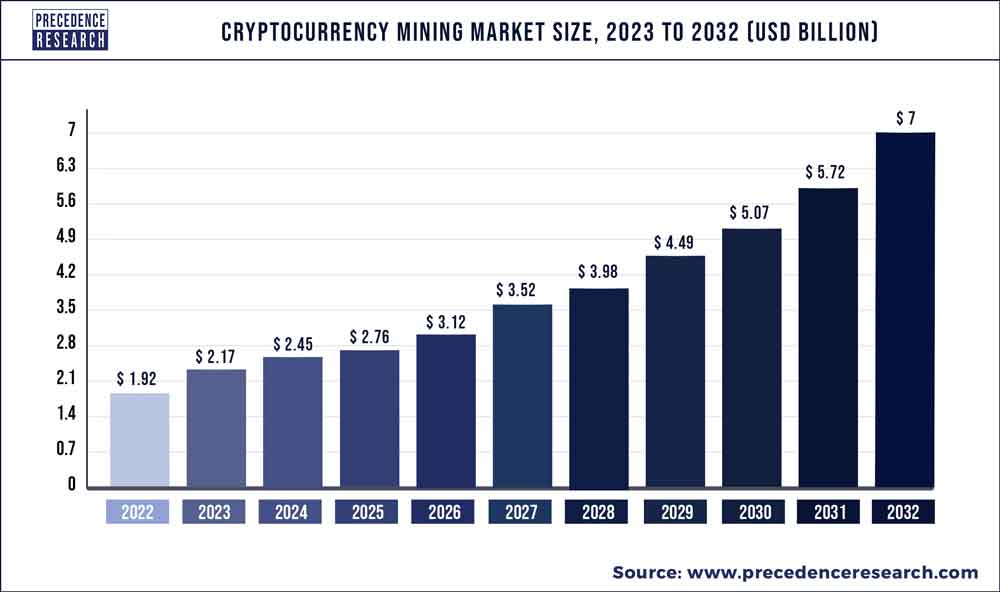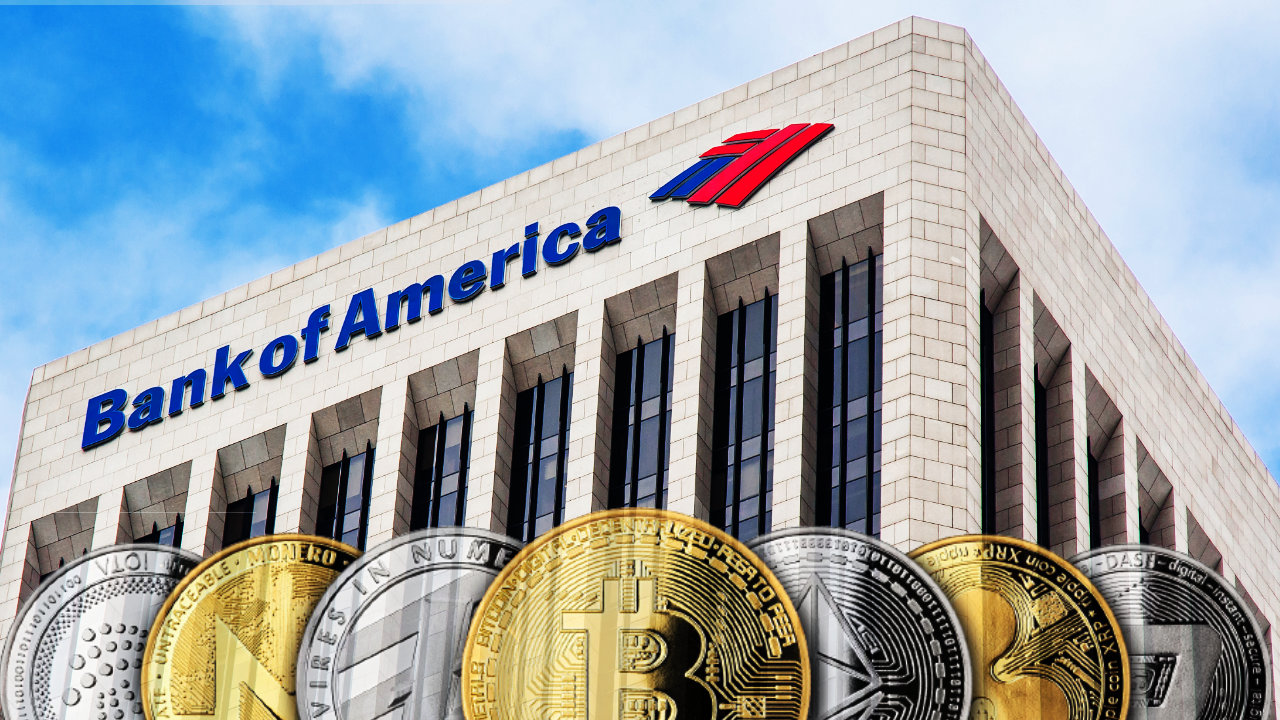
Navigating the Crypto Storm: Bitcoin’s Resilience Amid Market Turbulence
Cryptocurrency markets often mirror the unpredictable tides of global economics, reflecting not just supply and demand but psychological sentiments that sway traders. As of early October 2024, we find ourselves amidst such a turbulence, with the total market capitalization recently sliding down to $2.13 trillion. Despite this landscape, Bitcoin (BTC) has shown remarkable resilience, managing to find support near the 50-day moving average and hovering around the $60,000 mark.
Market trends illustrate Bitcoin’s support levels amidst broader declines.
The Current State of the Market
The latest data indicates an overall 1.44% decrease in the crypto market’s capitalization over just 24 hours, largely influenced by a strengthening dollar and ongoing geopolitical conflicts, particularly in the Middle East. This unrest leads to fluctuations in risk assets, bringing a wave of profit-taking as investors brace for upcoming economic reports from the US. The Sentiment Index has notably retraced into fear territory, falling to 37, echoing the unease in the market.
In this context, Bitcoin managed to remain stable, dipping into the $60,000 territory but attracting attention as a potential buy for those looking to seize on the dip. Analysts are now anticipating further movements within the $60,000 - $63,600 range, which may introduce volatility influenced by external news and data.
Unpacking the Factors at Play
When examining the broader crypto landscape, it’s crucial to recognize the trends driving investor behavior. As per insights from CryptoQuant, the bolstering of stablecoin capital — which increased by $8.73 billion from August to September, now totaling $172.75 billion — could be a significant harbinger for market stability. The surge in USDT reserves on centralized exchanges, reaching a whopping $22.5 billion, paints a picture of potential bullish sentiment waiting in the wings.
In historical context, Canaccord has reminded market watchers of Bitcoin’s post-halving performance, typically characterized by a bull run from 6 to 12 months after halving, often culminating in all-time highs (ATH) shortly thereafter.
 The rise in stablecoin circulation may indicate confidence among investors in market recovery.
The rise in stablecoin circulation may indicate confidence among investors in market recovery.
Challenges for Miners and Altcoins
However, it’s not just centralized variables that present challenges; miners are feeling the crunch as well. The Block reported a decline in Bitcoin miners’ revenues to $815.7 million in September — the lowest observed this year. To add to the struggles, JPMorgan has calculated a 6% drop in gross profits per mined block from August. Such downturns beg the question: can today’s miners sustain operations amidst lower margins?
Meanwhile, while all eyes seem to be on Bitcoin, altcoins like XRP face their own hurdles. Despite a fresh push for a spot exchange-traded fund (ETF) based on XRP, market reaction has been lackluster, underscoring the sentiment that investor interest is predominantly skewed towards Bitcoin.
A Diversified Landscape: Dogecoin’s Unexpected Journey
In an unexpected twist, Dogecoin, initially launched as a meme, has carved its niche as a practical payment method for merchants. Its average transaction fee stands at less than $0.01, starkly contrasting with Bitcoin’s costs and processing times. This adaptability shines a light on cryptocurrencies’ evolving uses and their potential to integrate more deeply into mainstream finance.
 Dogecoin’s growing acceptance highlights its journey from joke to practical use.
Dogecoin’s growing acceptance highlights its journey from joke to practical use.
Reflecting on the Future
As I navigate this evolving landscape, Bitcoin’s ability to shrug off the surrounding market chaos leaves me optimistic. The upcoming weeks will be critical — new economic data, geopolitical developments, and shifts in trader sentiment could all conspire to change the current market dynamics. Will Bitcoin maintain its stronghold as a pillar of stability, or will external pressures ultimately dictate its fate?
Given the inevitable rise and fall of prices in the crypto market, one lesson remains clear: those who wish to invest in this arena must be ready not just for volatility, but for opportunities that may arise from it. The consensus appears to be that the crypto market is never stagnant; it is fostering an environment ripe with potential and uncertainty.
In conclusion, amidst the chaos and unpredictability, Bitcoin has established support levels that could serve not only as a safety net but also as a launch pad for future growth. As we watch this story unfold, let’s keep our eyes on Bitcoin — a coin that has proven time and again to be a resilient player in the complex game of cryptocurrencies.















